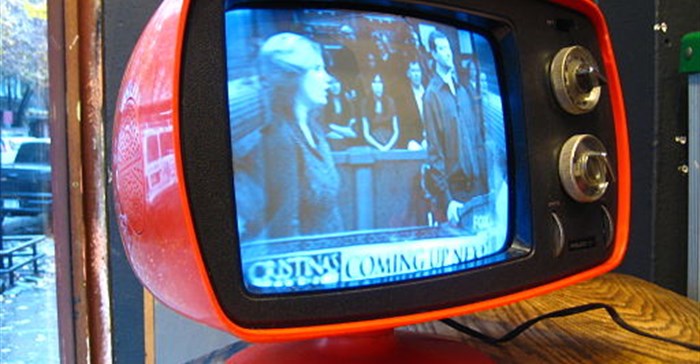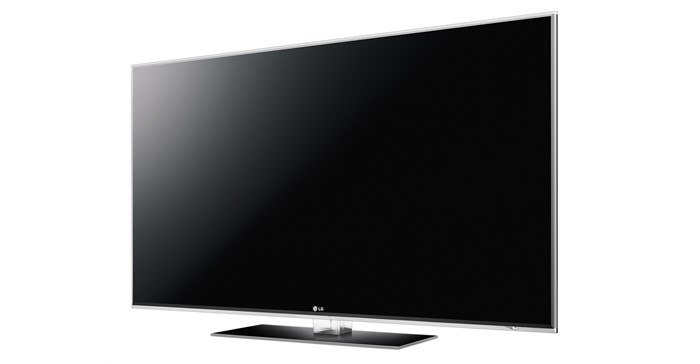
Top stories






RetailSuperga’s century of style: Celebrating 100 years of the iconic 2750 classic
Crick Group 7 Apr 2025
More news

Marketing & Media
#BehindtheSelfie: Adriana Woolridge, marketing manager at Homemation
Karabo Ledwaba 1 day















This a source of great debate. TV was invented by degrees - a multitude of inventors came up with the technologies that define what we know as television. A few names stand out as the top contenders for the job.
A Russian called Vladimir Zworykin was the first to patent the idea for a television as we know it, then known as the Iconoscope. A few years later, Philo Farnsworth was able to produce a working prototype. Credit must also be given to John Logie Baird, who demonstrated a colour television and video-recording system and was also responsible for the first transatlantic television service.
While TV was widespread in most of the world by the end of the 1960s, South Africa was slow to catch on. The Apartheid government saw television as a threat to its dominance as it had a monopoly on radio broadcasting. By the 1970s, public demand was such that the SABC was forced to introduce its first television service.
In 1976, nationwide service of South African television finally began. The country was the last in Africa to start broadcasting. Initially, viewers only had one channel to choose from, but in 1981, a second channel was introduced, broadcasting in Zulu, Xhosa, Sotho and Tswana. M-Net became the first subscription service to launch in 1986, and satellite became a reality almost a decade later in 1995.

For those of us who remember a time where you had to change the channel manually, you might be surprised to learn of the long history of the TV remote. As far back as 1893, chronic overachiever Nikola Tesla came up with the idea of a remote control. By the 1940s, the Germans were using remote control motorboats. In 1950, the first TV control, fittingly called the Lazybone, was invented. This remote control was attached to the TV set by a bulky cable. It was not until 1955 when the first wireless remote came into being - the Flash-matic, which was shaped like a gun. By the 1980s, infrared remote controls had become commonplace.
Ever wonder why in the 1990s, your grandmother could get away with having an old set from the 1970s in her living room? This is because television technology remained static for a good few decades, barring an upgrade in material components and style! CRT technology has dominated most of TV's life. That is until the 2000s when broadcasters began transmitting in HD, and TVs started getting slimmer, more connected and capable of better resolution.

The one big technological leap during this time was the introduction of colour TV. Although we associate black and white television with old movies from the 1950s, a man called Peter Goldmark had in fact demonstrated his colour TV system as early as 1946. By the 1960s, most sets were able to broadcast in colour. One advantage of coming to the TV game so late was that South Africa never really experienced black and white broadcasting, but was able to make the leap straight to colour.
The last 10 years have seen the greatest leap forward in television technology since the 1920s and 1930s. The reason for this rapid evolution was the switch from PAL and NTSC to HD broadcasting, which gave TV manufacturers an incentive to find new ways of improving image quality. LG has led the way, being the first to develop 60-inch plasma TV, full HD LCD TV and full LED 3D TV. First came LCDs, which were quickly replaced by LEDs and Plasma. Now, we speak of terms like OLED, UHD and HDR. While these technologies all work differently from each other, they each represent a step closer to providing the ultimate visual experience.

Today, flat screens are ubiquitous, but as recently as 2004, the average TV was a 27-inch CRT. Nowadays, you'll be hard-pressed to find a screen under 32 inches. Today's screen sizes push the boundaries of what we believed was possible even five years ago - take LG's 105-inch Ultra HD display. At the same time as they were getting bigger, they were also slimming down. Interestingly, the first flat panel displays are not a product of the 2000s - a limited number were produced for military use in the 1950s. The first flat panel TVs were invented in 1964 but were much too expensive to mass produce using the technology available at the time.
Where will the coming decades take TVs? No-one knows for sure, although there are many exciting technologies on the horizon. Here's to a future that's as rich and colourful as the last 90!